Zoos in the United States have a long history of connecting people with wildlife, with many founded over a century ago. These historic institutions pioneered animal conservation and public education, housing diverse species and preserving rare animals. Today, they remain celebrated attractions, evolving over the years to prioritize animal welfare and naturalistic exhibits. Some of the oldest zoos in the country continue to inspire generations by offering a glimpse into the wild. Here’s a look at some of the oldest zoos in the United States that have stood the test of time.
Philadelphia Zoo
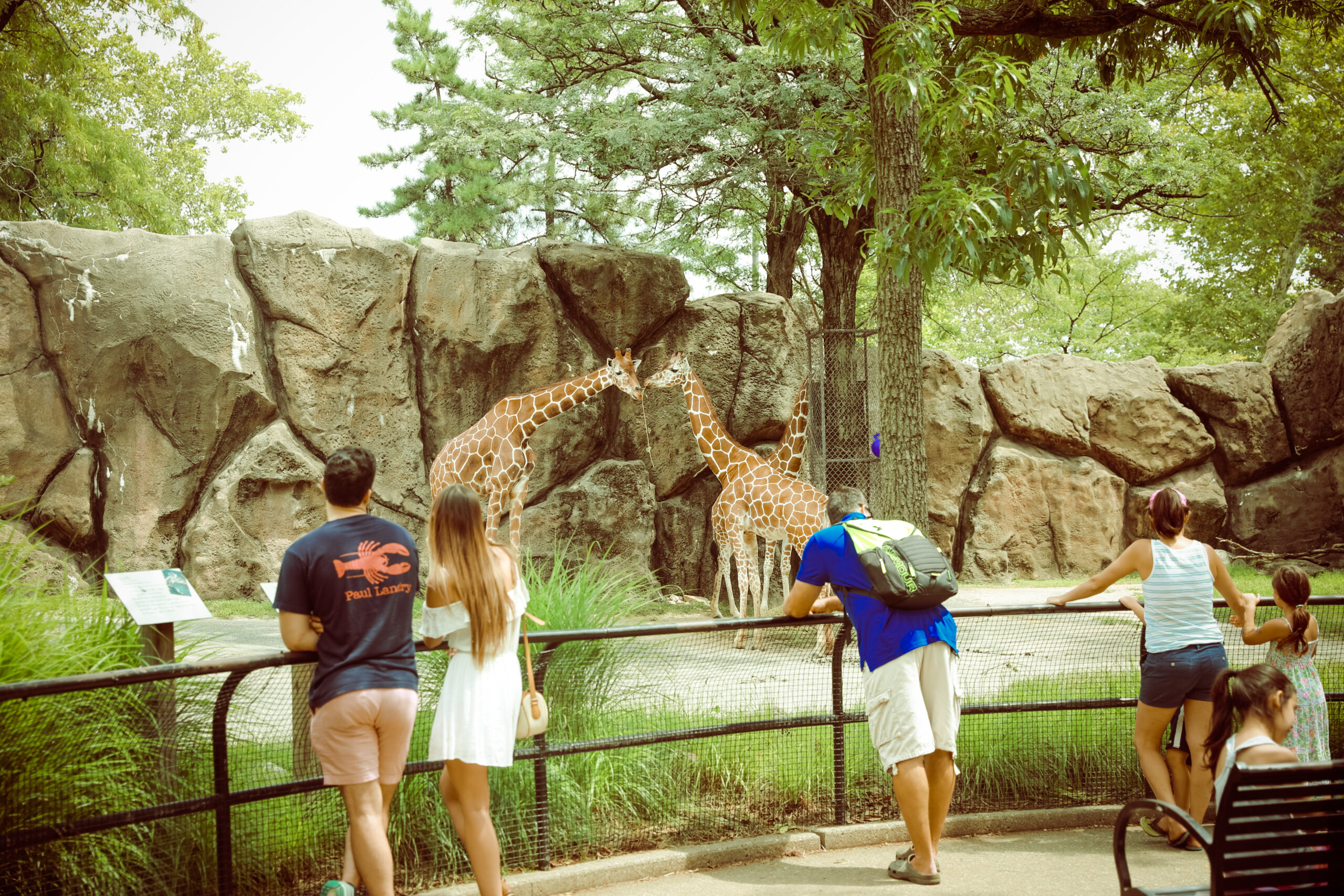
The Philadelphia Zoo opened in 1874, making it the first zoo in the United States. Located in Philadelphia, Pennsylvania, it spans 42 acres in the city’s historic Fairmount Park. This zoo is home to over 1,300 animals, representing various endangered and rare species. Its sprawling grounds offer a blend of natural habitats and Victorian architecture. The zoo emphasizes animal conservation and education. Visitors can explore its innovative “Zoo360” trails, allowing animals to roam elevated pathways. With its rich history, the Philadelphia Zoo remains a cherished destination for families and wildlife enthusiasts.
Cincinnati Zoo & Botanical Garden
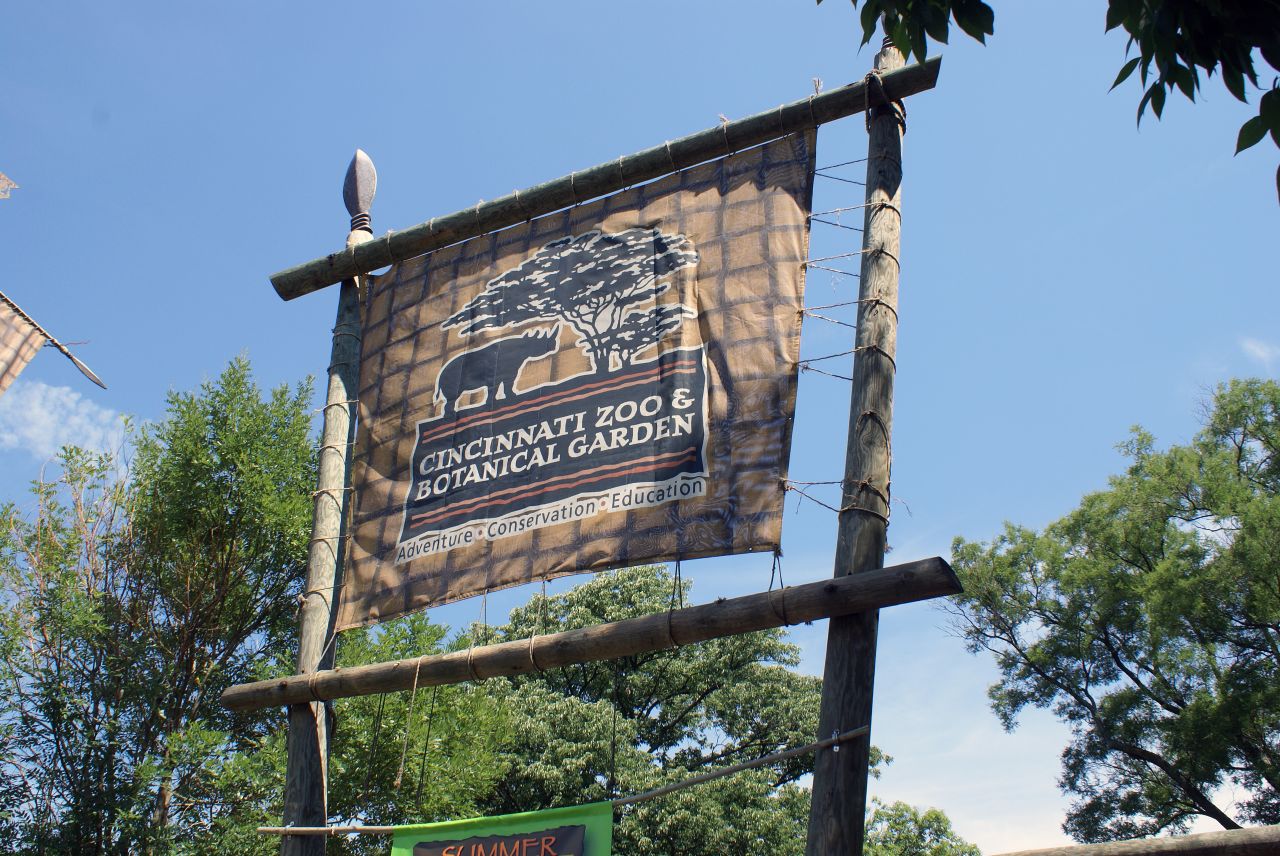
Founded in 1875, the Cincinnati Zoo & Botanical Garden is one of the oldest zoos in the country. Located in Cincinnati, Ohio, it covers approximately 75 acres of land. The zoo houses more than 1,800 animals, representing around 500 species. Known for its dedication to conservation, it was instrumental in breeding endangered species, including the first successful California condor hatch. Its lush botanical gardens are a delight to explore alongside animal exhibits. Visitors appreciate its historic charm, from the Reptile House to the ornate Elephant House, both dating back to its early years.
Buffalo Zoo
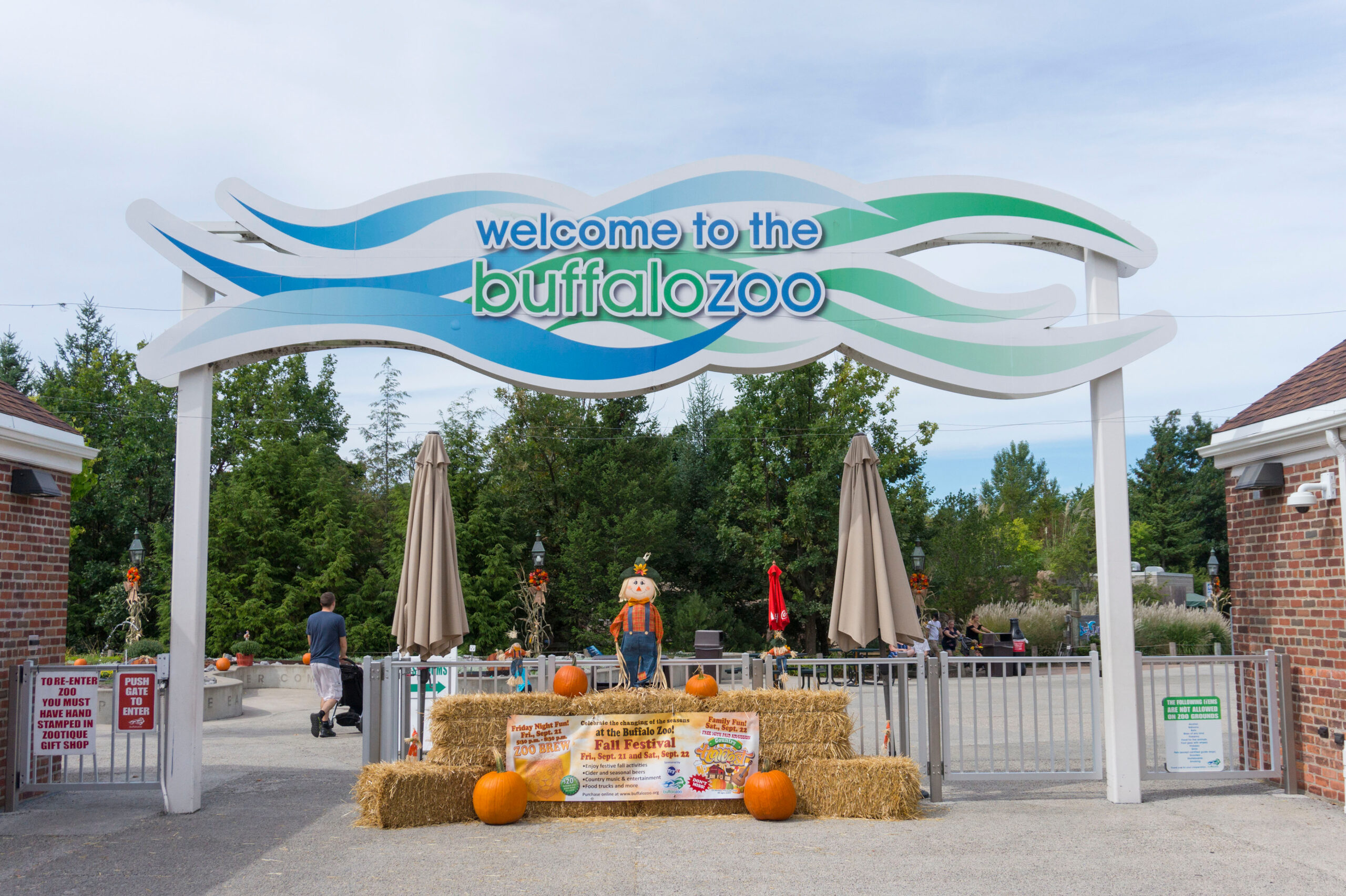
The Buffalo Zoo, established in 1875, is situated in Buffalo, New York, within Delaware Park. Spanning 23.5 acres, it is one of the smallest historic zoos but has a large variety of animals. The zoo houses over 1,200 animals from around the globe, with a strong focus on conservation and education. Visitors can see popular exhibits like the Arctic Edge and the Rainforest Falls. With nearly 150 years of history, the Buffalo Zoo offers a blend of traditional and modern exhibits. Its compact size makes it an accessible destination for all ages.
Lincoln Park Zoo
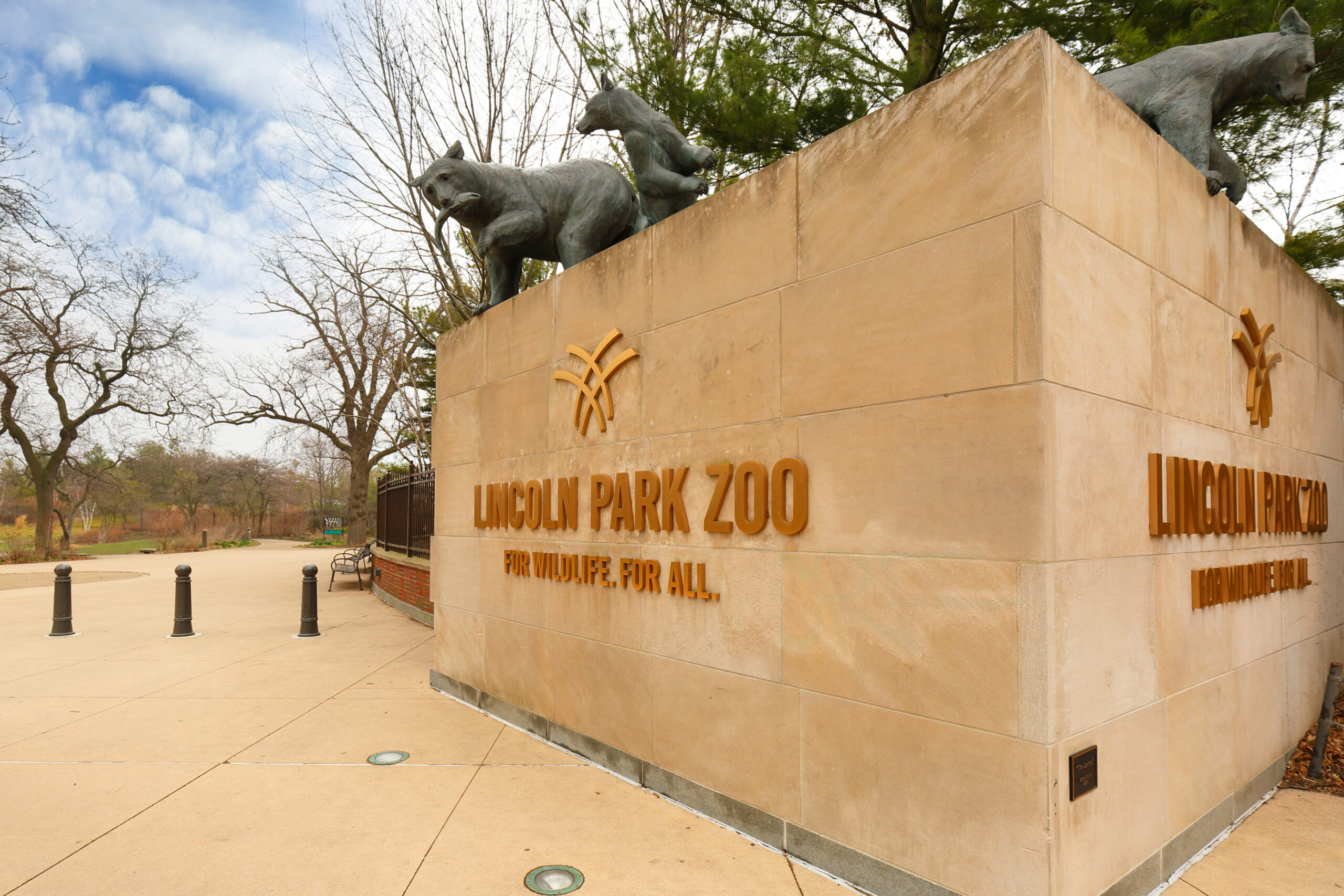
Lincoln Park Zoo, founded in 1868, is one of the oldest public zoos in the U.S. Located in Chicago, Illinois, it occupies 35 acres in the heart of Lincoln Park. The zoo is free to the public and home to more than 1,100 animals across diverse species. Known for its historical architecture, it features structures like the Kovler Lion House. The zoo’s mission is rooted in conservation and research, with a dedicated focus on local and global wildlife. Lincoln Park Zoo’s urban setting offers a unique escape in the middle of Chicago.
Central Park Zoo
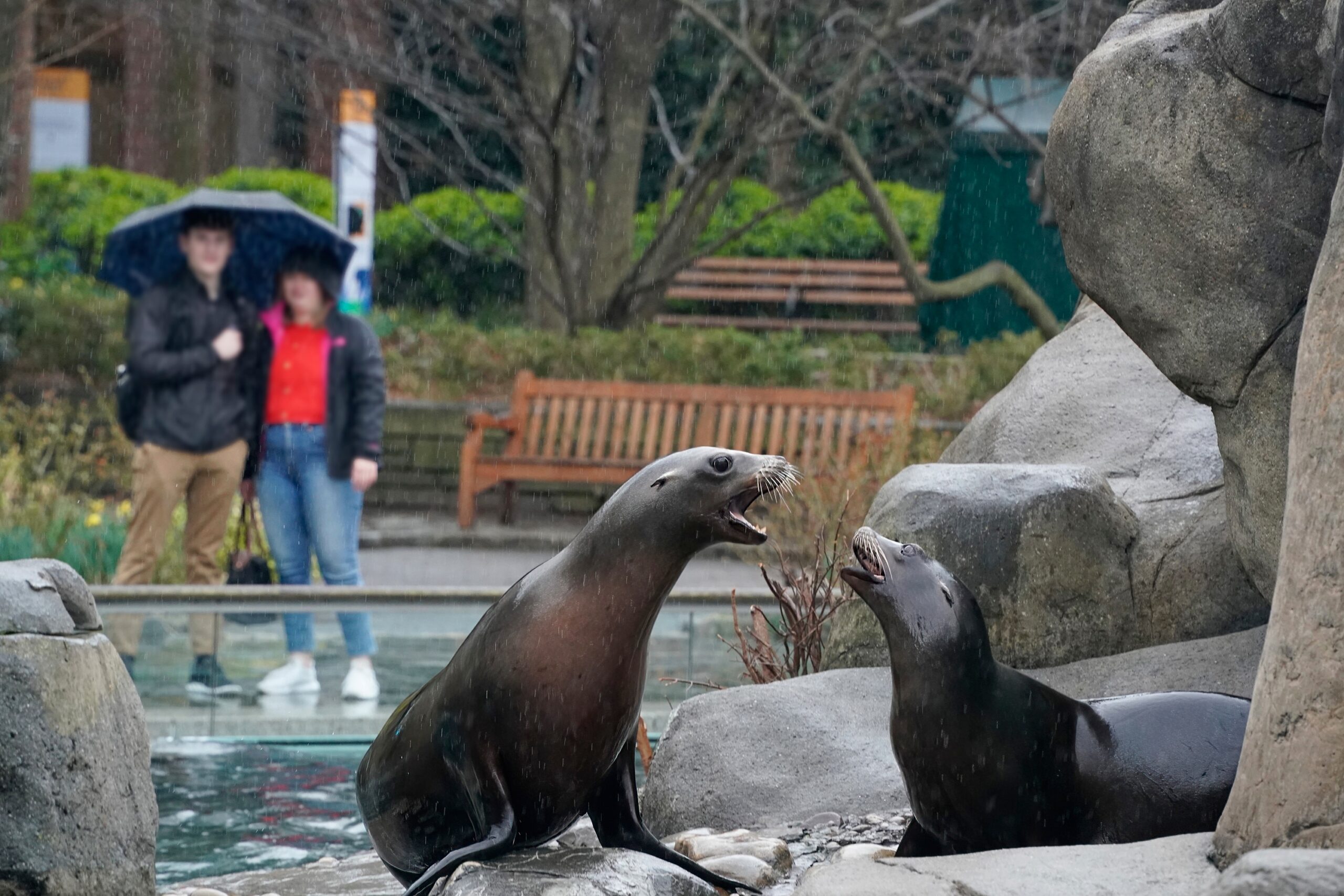
The Central Park Zoo opened in 1864, making it the oldest zoo in New York City. Located within Central Park, it covers a modest 6.5 acres of land. Despite its small size, the zoo features an impressive array of animals, including sea lions, snow leopards, and tropical birds. It’s known for immersive exhibits that mimic natural habitats, such as the Tropic Zone and Temperate Territory. Its prime location in Manhattan offers visitors a peaceful escape within the bustling city. The Central Park Zoo remains a beloved spot for locals and tourists alike.
Roger Williams Park Zoo
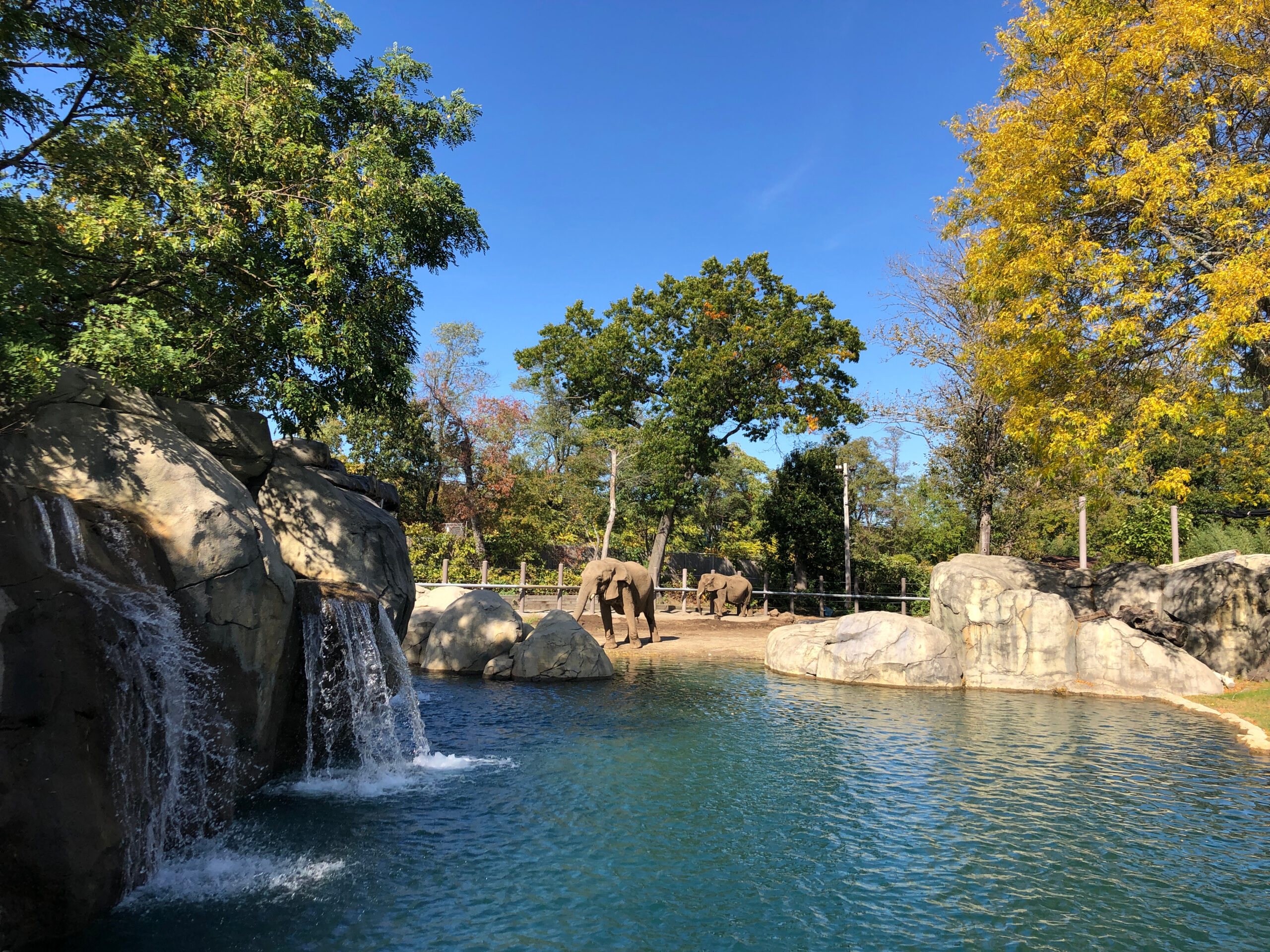
Established in 1872, Roger Williams Park Zoo is located in Providence, Rhode Island. The zoo spans 40 acres in a beautiful park setting, blending naturalistic exhibits with scenic landscapes. It is home to over 150 animals from around the world, with a focus on conservation and education. Visitors can enjoy exhibits like the “Fabric of Africa” and “North America” areas. The zoo has a long-standing commitment to wildlife preservation, both locally and globally. Its historic setting and family-friendly atmosphere make it a popular destination for visitors.
St. Louis Zoo
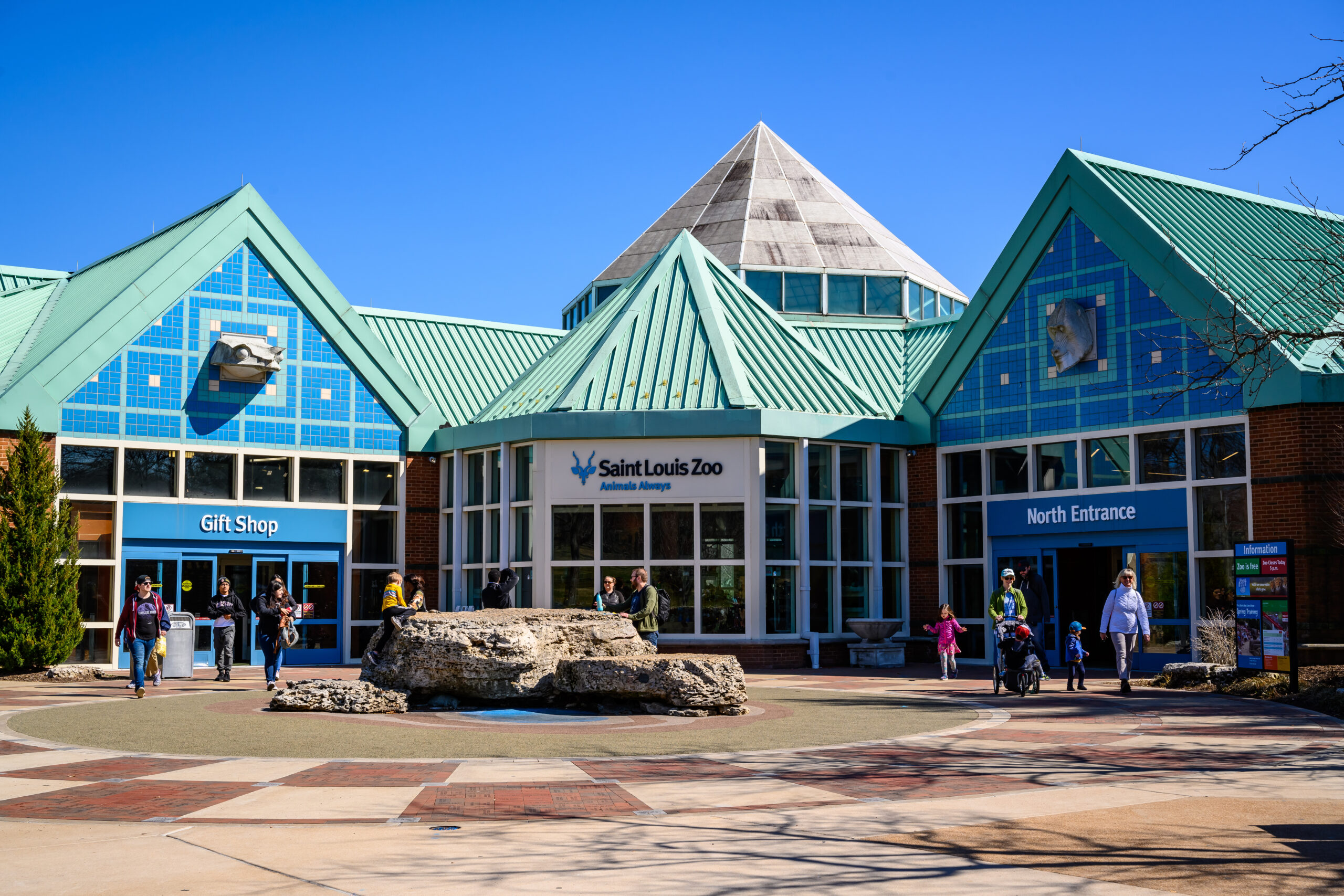
The St. Louis Zoo, founded in 1910, is located in Forest Park, St. Louis, Missouri. It occupies 90 acres and is home to over 18,000 animals representing nearly 700 species. Known for its free admission, it’s a highly accessible destination for wildlife enthusiasts. The zoo has earned a reputation for its exceptional animal care and immersive exhibits like “River’s Edge” and “Penguin & Puffin Coast.” Its conservation efforts have garnered international recognition. With its blend of historic architecture and modern exhibits, the St. Louis Zoo is a beloved landmark.
National Zoo
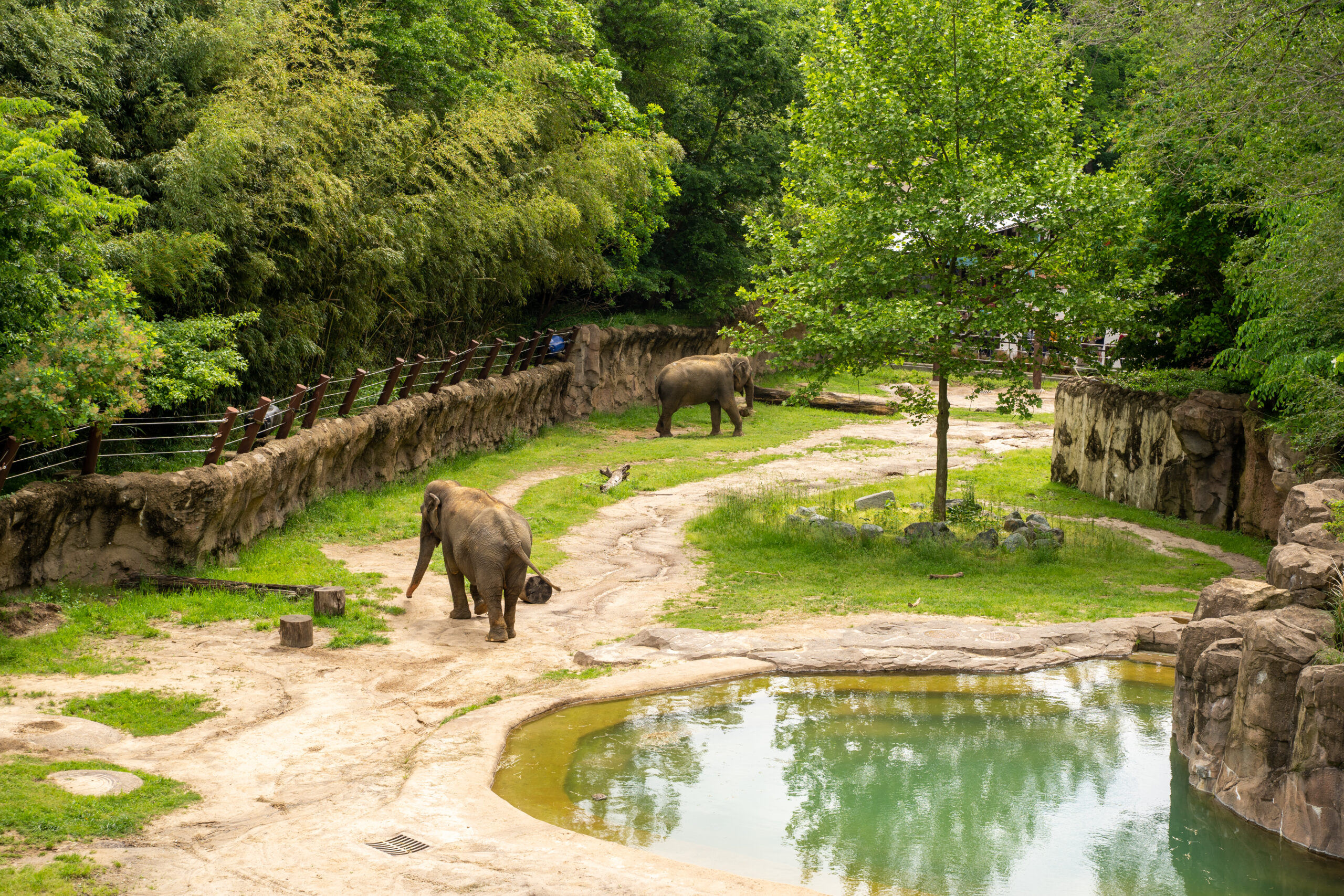
The National Zoo, officially known as the Smithsonian’s National Zoo, opened in 1889. Located in Washington, D.C., it spans 163 acres within Rock Creek Park. The zoo houses approximately 2,700 animals, including iconic species like giant pandas, tigers, and elephants. It’s a leader in wildlife research and conservation, especially through its Global Wildlife Conservation Center. Visitors can explore various biomes, from the Asian Trail to the Amazonia exhibit. As part of the Smithsonian Institution, the National Zoo offers free admission, attracting millions of visitors annually.
Milwaukee County Zoo
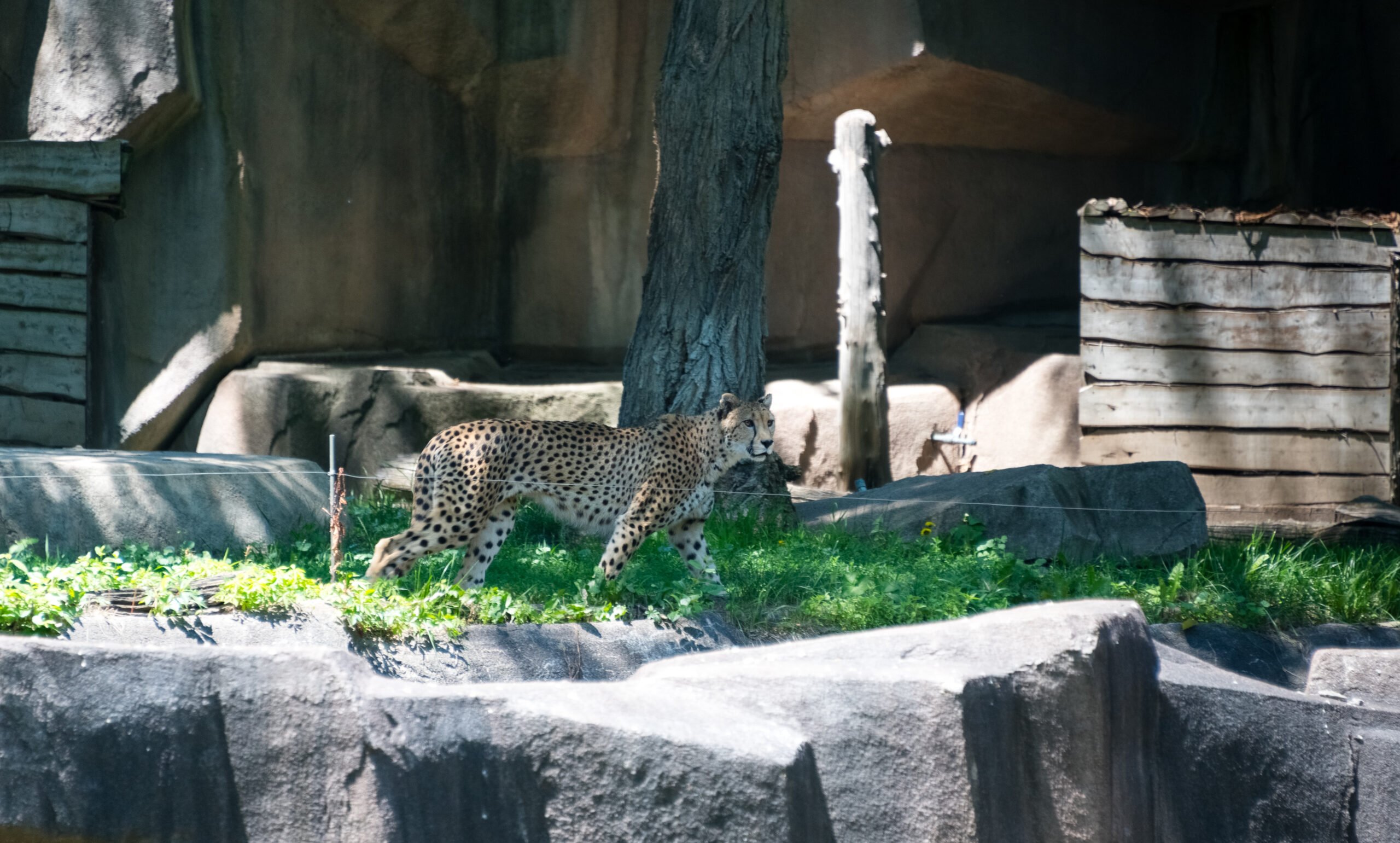
The Milwaukee County Zoo, established in 1892, is located in Milwaukee, Wisconsin. It spans 190 acres and provides naturalistic habitats for over 2,100 animals from 300 species. Known for its lush forested setting, the zoo emphasizes animal welfare and education. Popular exhibits include the Arctic Passage and the Aviary. It also hosts numerous conservation programs for endangered species. The zoo’s scenic setting makes it a year-round attraction. Visitors enjoy a mix of animal exhibits, events, and interactive experiences.
Detroit Zoo
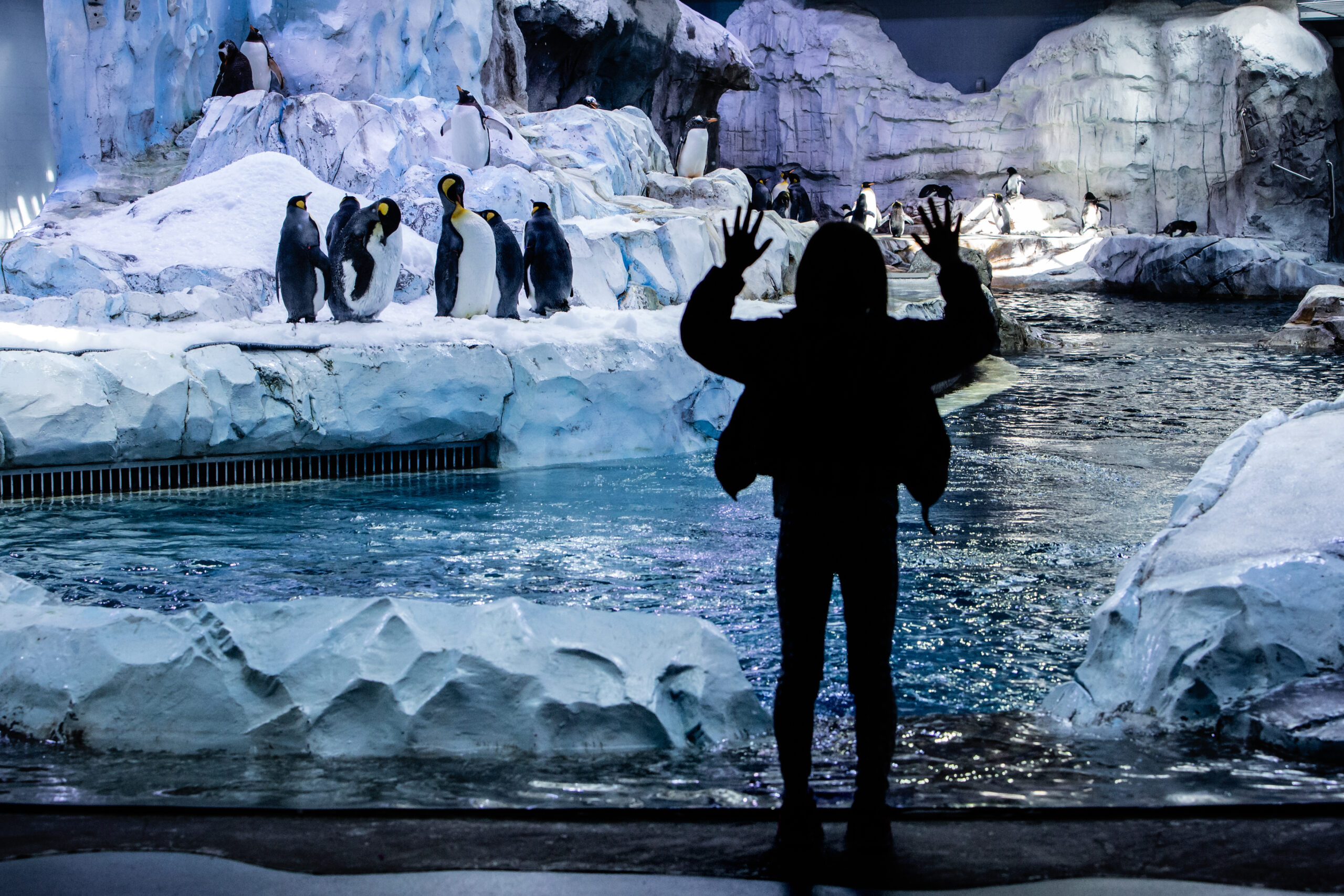
The Detroit Zoo, opened in 1928, is situated in Royal Oak, Michigan. Covering 125 acres, it houses more than 2,400 animals representing 235 species. It is famous for its open-air exhibits, including the iconic Polk Penguin Conservation Center. The zoo has a strong focus on sustainability and animal welfare. Its immersive exhibits, like the Arctic Ring of Life, provide unique views into animal habitats. The zoo also offers educational programs for visitors of all ages. It remains one of Michigan’s most beloved attractions.
San Diego Zoo
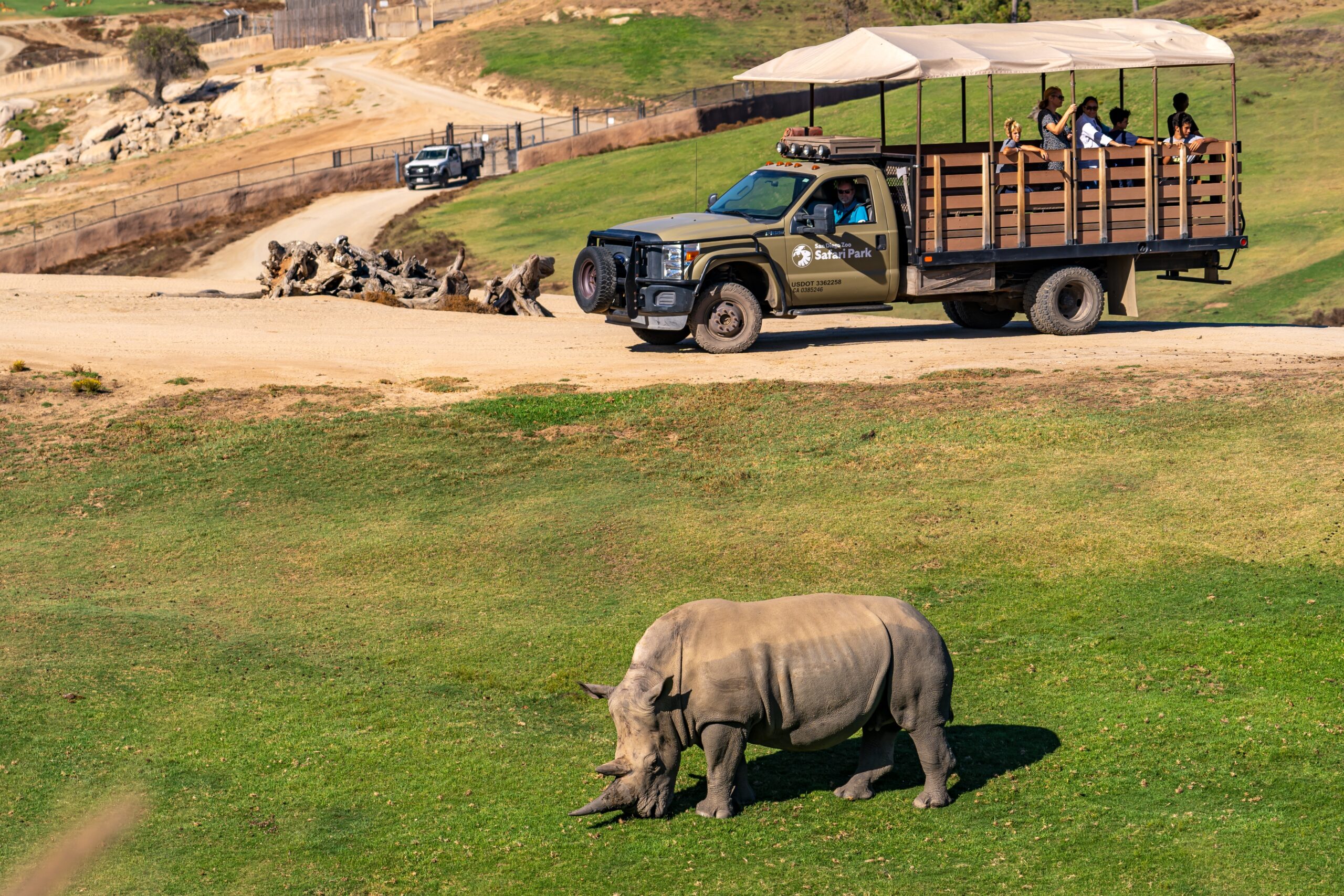
The San Diego Zoo, founded in 1916, is located in Balboa Park, San Diego, California. Spanning 100 acres, it is home to more than 12,000 animals representing over 650 species. The zoo is known for its groundbreaking approach to creating open-air, cageless exhibits. Its lush botanical gardens contain over 700,000 plants. The San Diego Zoo is a leader in wildlife conservation and research. Iconic exhibits include the Panda Trek and the Elephant Odyssey. It’s a global symbol of excellence in animal care and preservation.
Fort Wayne Children’s Zoo
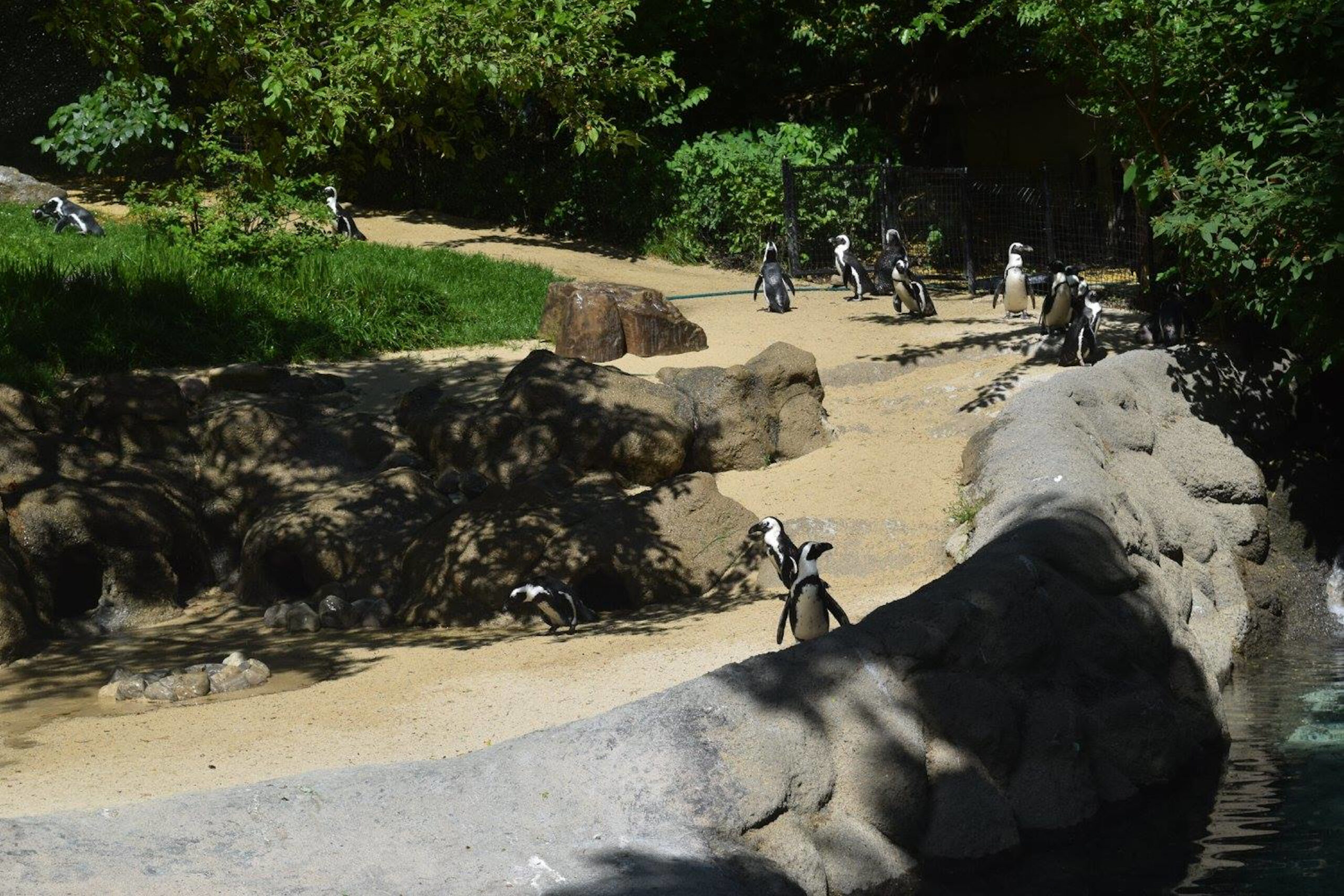
The Fort Wayne Children’s Zoo, established in 1952, is located in Fort Wayne, Indiana. This 40-acre zoo is home to over 1,000 animals across themed areas like the African Journey and Indonesian Rainforest. It is designed to offer an engaging, family-friendly experience. The zoo focuses on interactive exhibits, giving visitors unique opportunities to connect with animals. Its conservation programs emphasize protecting endangered species globally. With its welcoming atmosphere, it’s a favorite destination for families. The compact layout ensures an easy and enjoyable visit.
Toledo Zoo
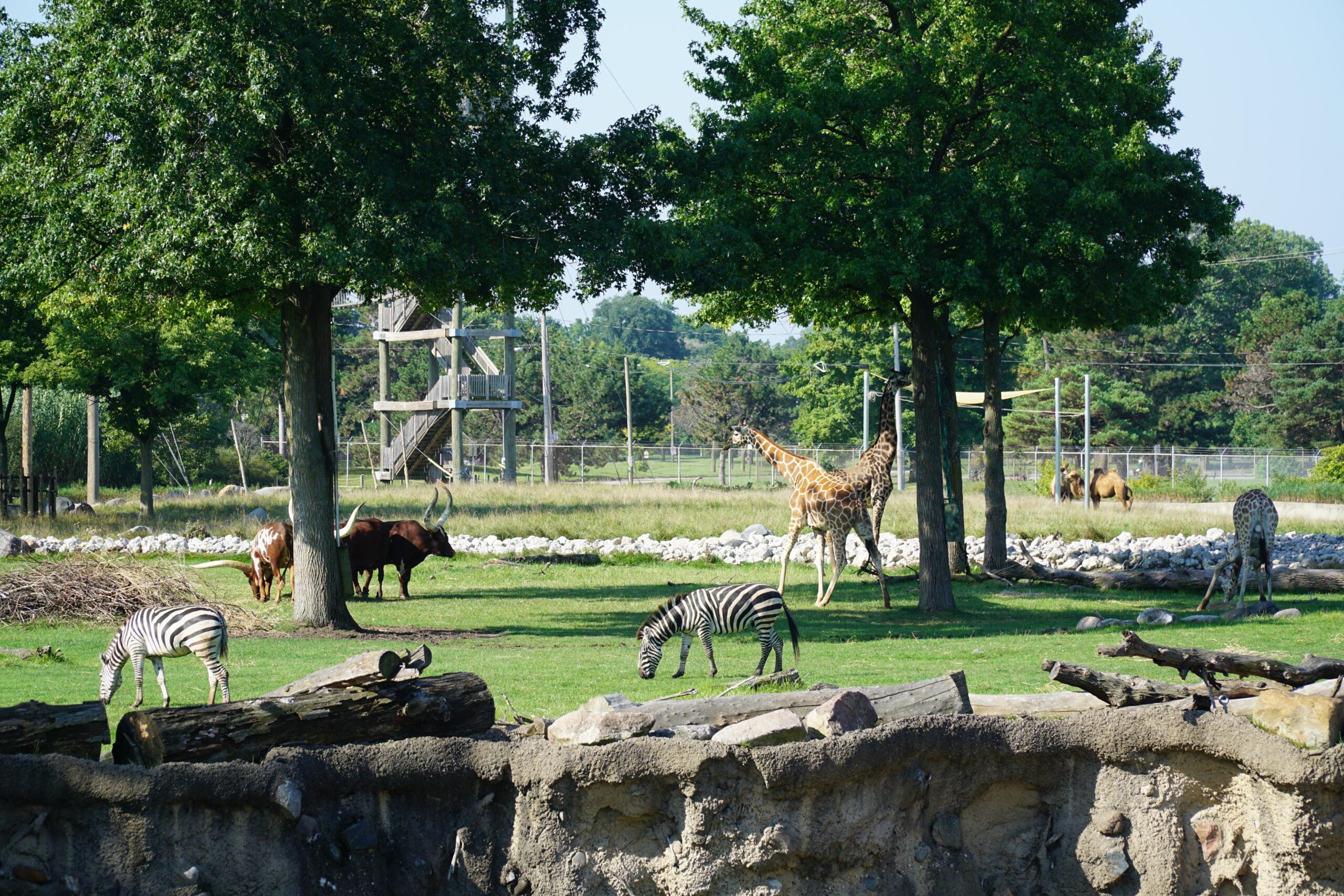
The Toledo Zoo, founded in 1900, is located in Toledo, Ohio. It spans 62 acres and houses over 10,000 animals from 720 species. The zoo is renowned for its historic WPA-era buildings and modern immersive exhibits. Popular attractions include the Aquarium and the Arctic Encounter. Conservation and sustainability are central to its mission. The zoo also hosts seasonal events like the famous Lights Before Christmas display. It remains a celebrated landmark for locals and visitors alike.
Denver Zoo
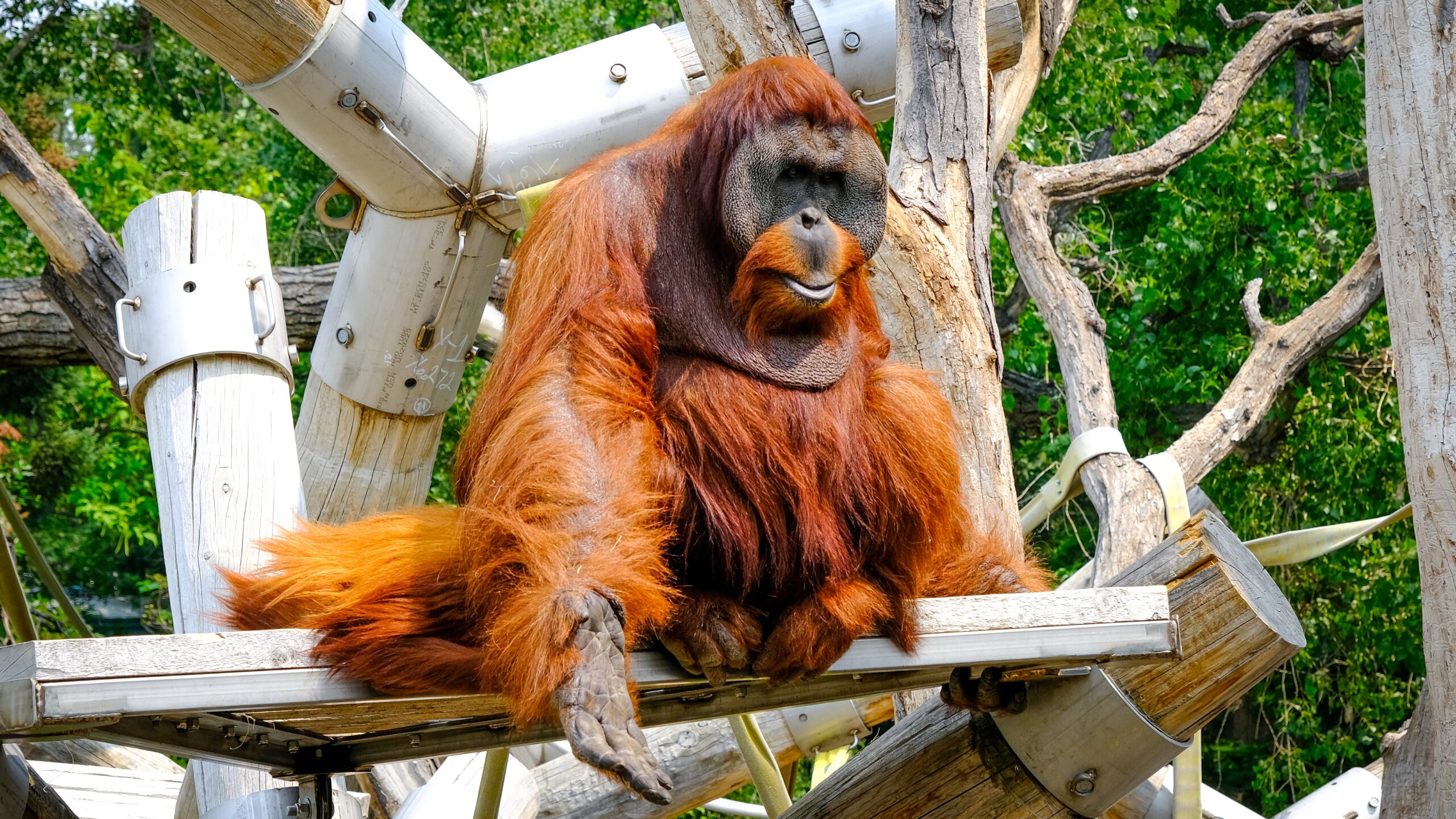
The Denver Zoo, established in 1896, is located in Denver, Colorado. Covering 80 acres, it is home to more than 3,000 animals representing over 450 species. The zoo is known for its innovative exhibits, such as Predator Ridge and the Tropical Discovery. Conservation and sustainability are key aspects of its operations. Its scenic pathways and natural habitats make it a relaxing escape for visitors. The zoo is deeply involved in global wildlife preservation. It offers educational programs to inspire a love for nature.
Woodland Park Zoo
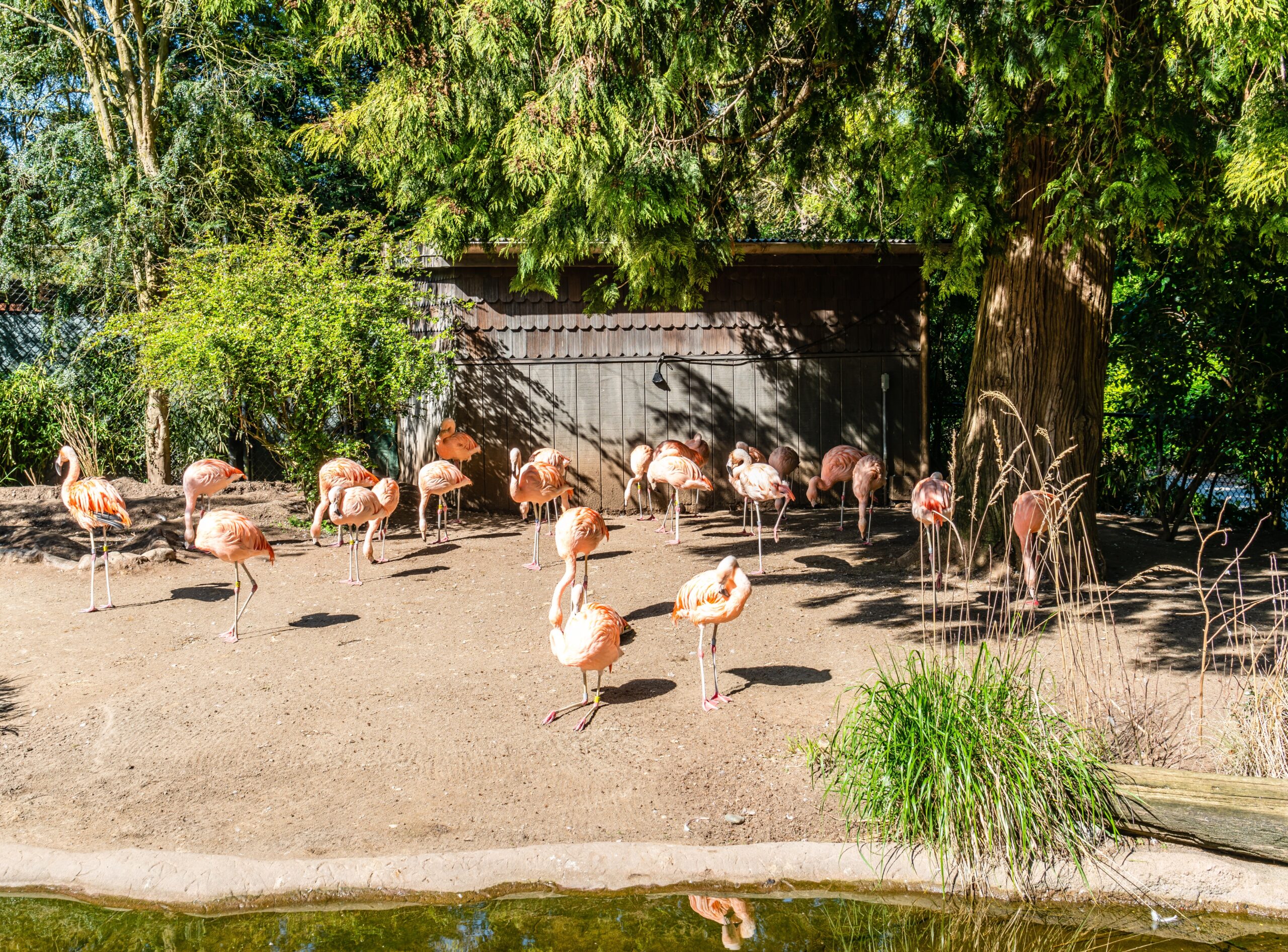
The Woodland Park Zoo, founded in 1899, is located in Seattle, Washington. Spanning 92 acres, it houses over 900 animals representing 250 species. The zoo is famous for its immersive exhibits, such as the African Savanna and Tropical Asia. Conservation and animal welfare are at the heart of its mission. It is a pioneer in creating naturalistic habitats for animals. The lush park setting provides a peaceful environment for visitors. The Woodland Park Zoo continues to inspire and educate people about wildlife.
Pittsburgh Zoo & PPG Aquarium
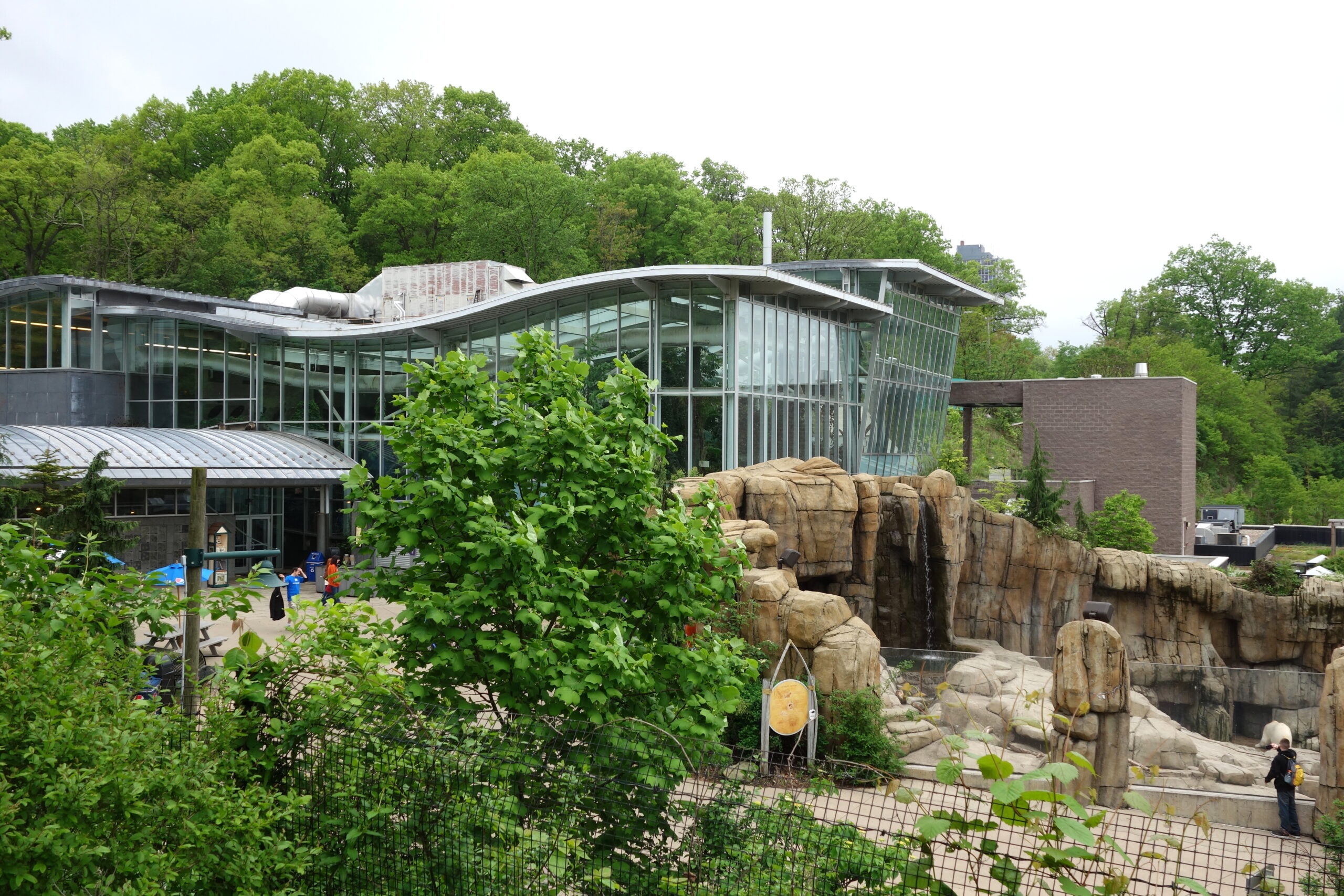
The Pittsburgh Zoo & PPG Aquarium, established in 1898, is located in Pittsburgh, Pennsylvania. Spanning 77 acres, it is home to more than 4,000 animals representing 475 species. The zoo features distinct biomes, including the Asian Forest and Water’s Edge. Its aquarium offers marine life exhibits that complement the land-based habitats. Conservation programs play a vital role in its operations. The zoo’s blend of education and entertainment attracts visitors year-round. It’s a cherished institution for Pittsburgh residents.
Minnesota Zoo
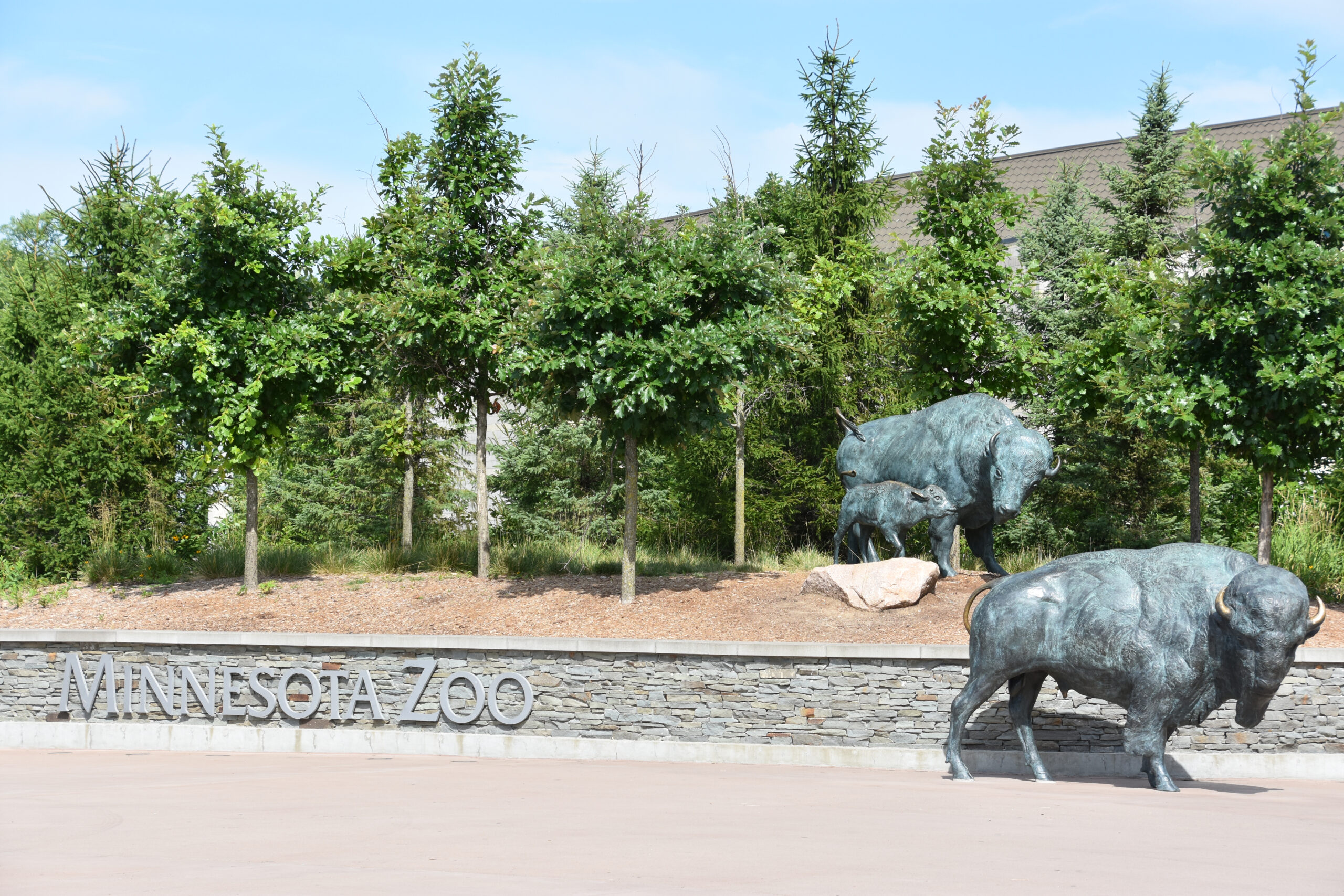
The Minnesota Zoo, opened in 1978, is located in Apple Valley, Minnesota. Spanning 485 acres, it houses over 5,000 animals from diverse habitats. The zoo focuses on naturalistic exhibits, such as the Northern Trail and Tropics Trail. Conservation efforts are central to its mission, with programs to protect endangered species. The zoo also integrates educational activities and interactive experiences. Its sprawling layout offers visitors a journey through global ecosystems. It remains a leader in wildlife preservation and visitor engagement.
This article originally appeared on Rarest.org.
More from Rarest.org
11 Famous Buildings That Were Demolished Too Soon
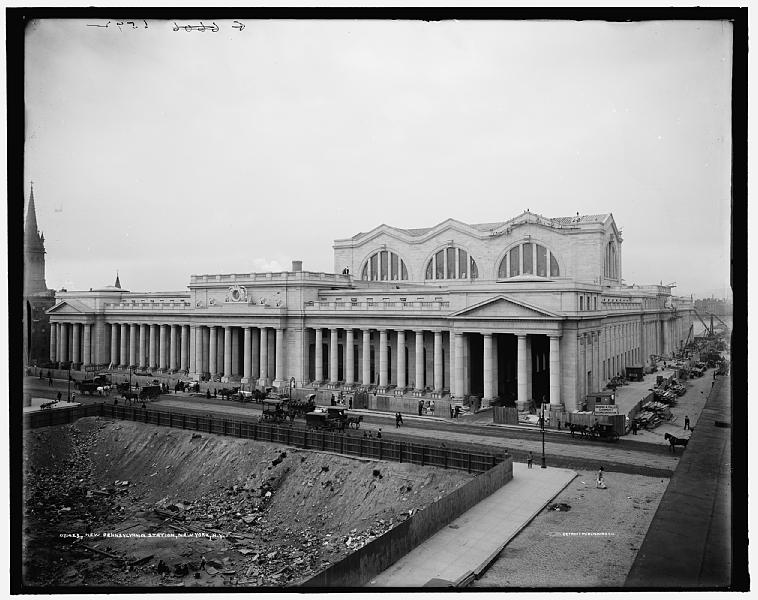
Throughout history, countless architectural marvels have been demolished, often too soon and for various reasons. Read More.
17 Unexpected Animal Architects with Unbelievable Building Skills
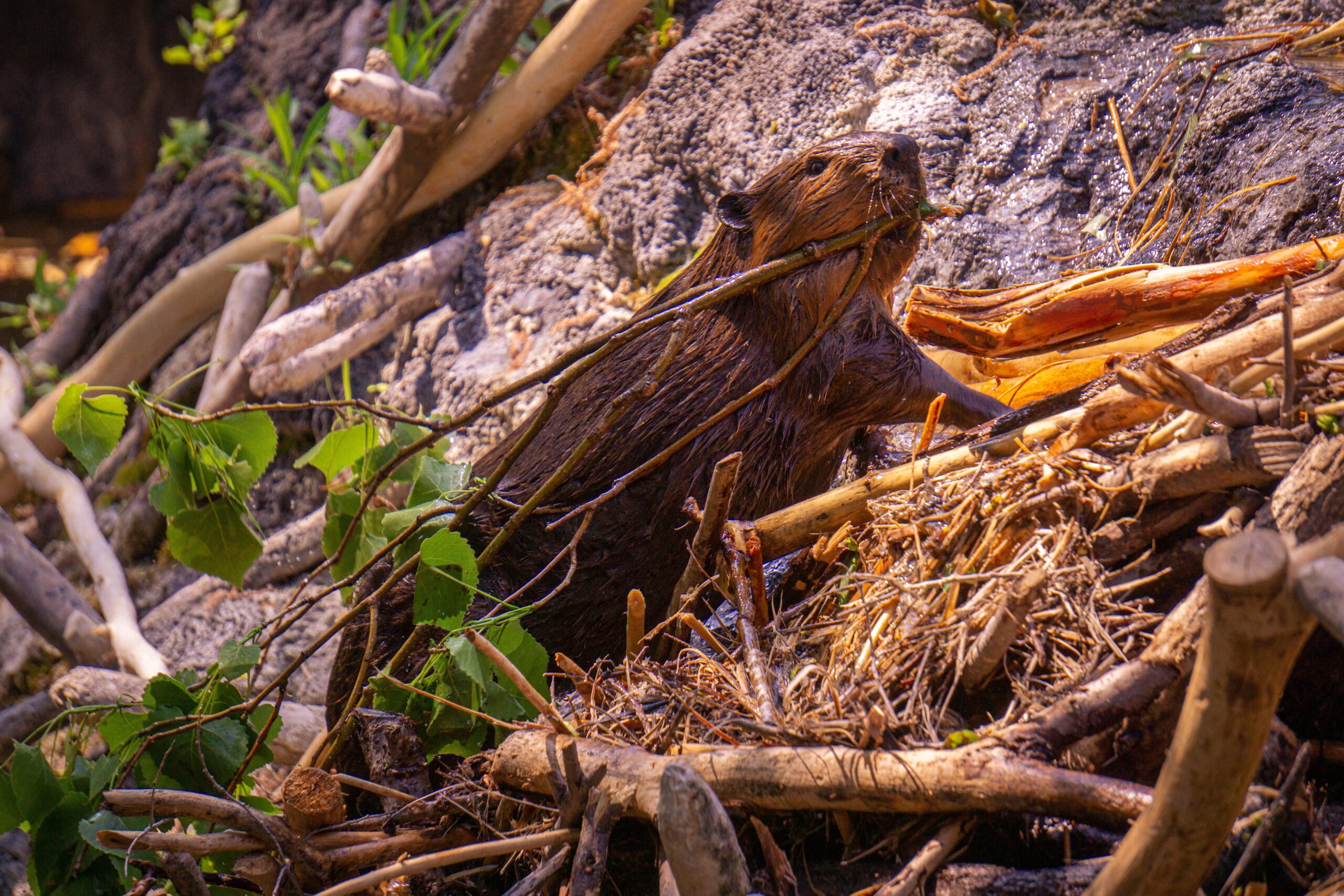
In the animal kingdom, survival often depends on more than just strength or speed—it requires creativity and skill. Read More.
14 Largest School Districts in the United States
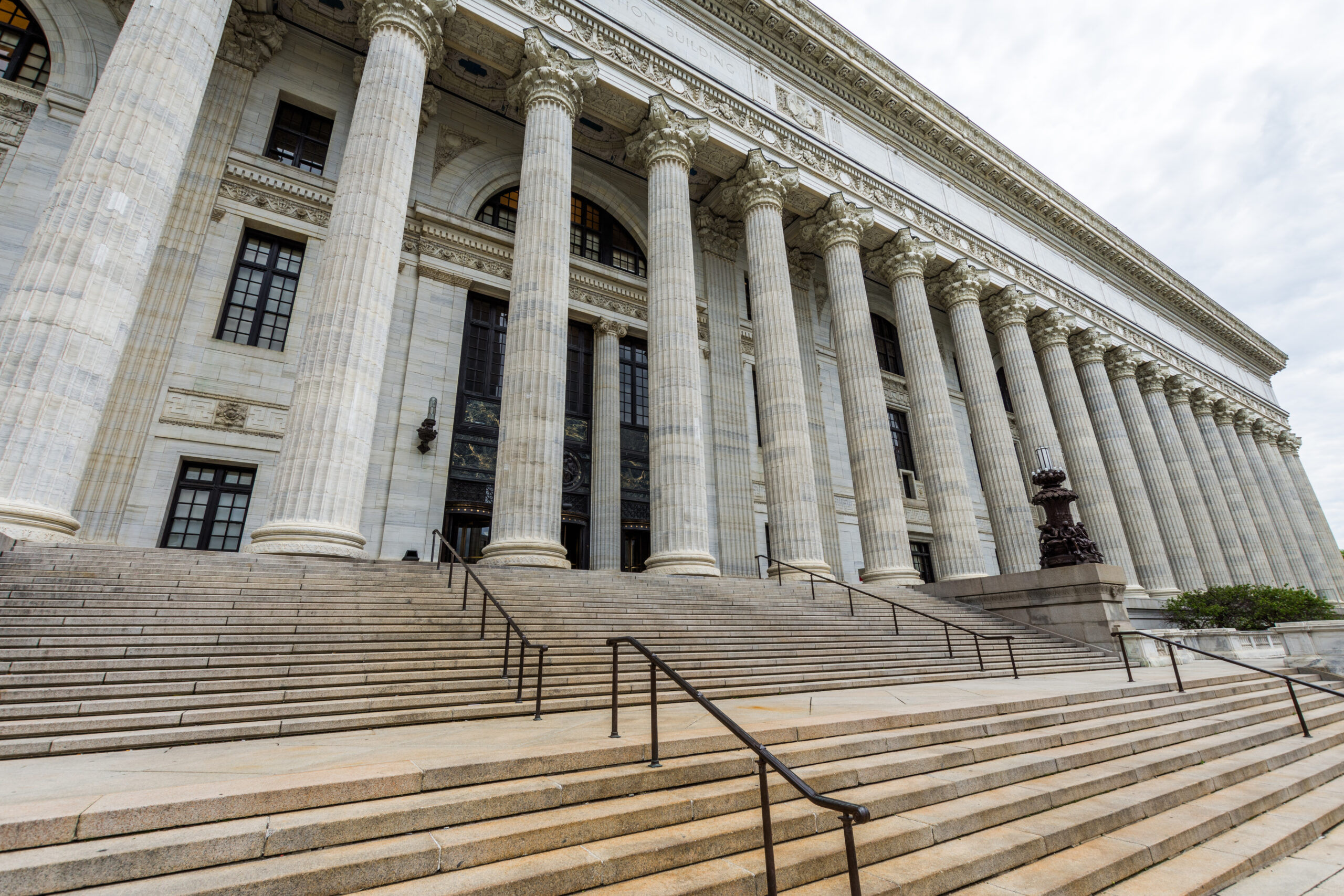
The United States is home to some of the largest school districts in the world, serving millions of students across diverse communities. Read More.
